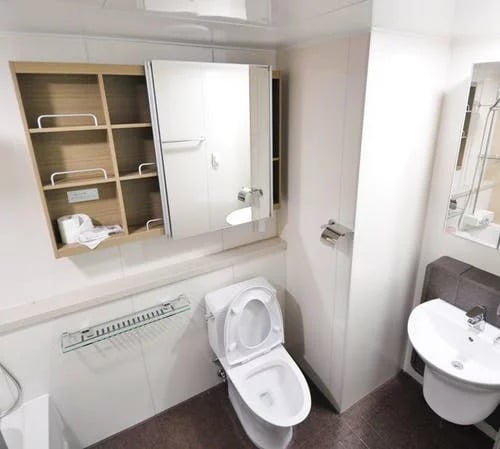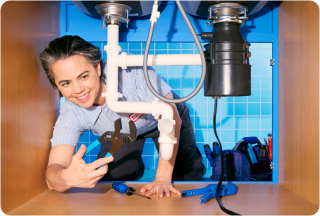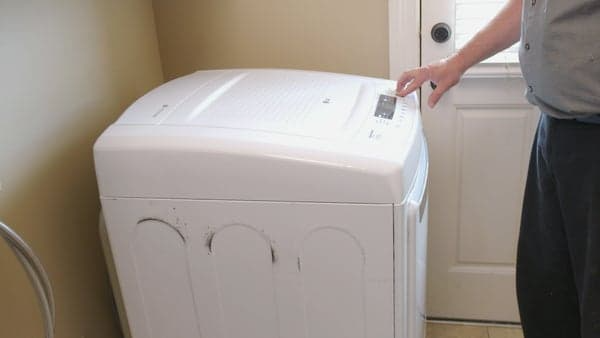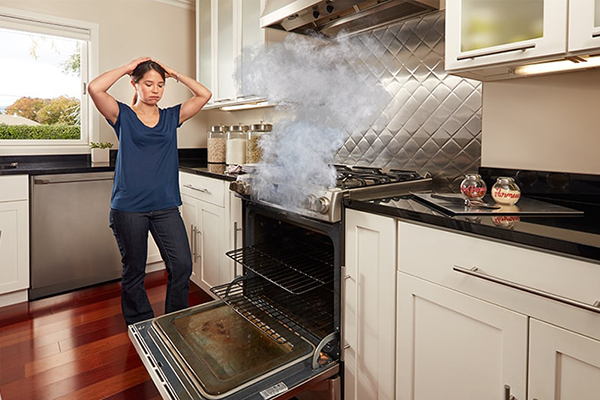Why Does the Shower Get Hot When the Toilet is Flushed?
It’s a question that has plagued mankind since the introduction of indoor plumbing — why does flushing the toilet, or even running the tap, cause such a difference in the temperature of the water in your shower? What’s to be done about it?
Actually, that sudden jolt of scalding hot water in the shower is caused by the way your water pressure and your water heater work. And you don’t have to go through life never flushing a toilet or turning on a tap while someone is in the shower. You can fix your water pressure issue and never accidentally scald your spouse, children, or houseguests again.
Water Pressure and Your Shower Temperature
The reason your shower temperature changes when you flush the toilet has to do with how your water heater and home plumbing are configured. The plumbing in most homes follows a trunk and branch configuration. Two main pipes draw water from one side of your house to the other — there’s one pipe for cold, and one for hot. Both come out of the water heater. These pipes are the main trunk for your home’s plumbing.
Smaller pipes, or branches, come off of your home’s trunk pipes to connect your sinks, showers, toilets, clothes washers and dishwashers to your home’s main plumbing trunk. If your home’s water pressure is on the lower side, then any fixture that takes water out of the trunk also takes water away from any other fixture that is currently in use.
In some homes, the same water line supplies the hot and cold water to all of the fixtures in the bathroom, exacerbating the problem. Whenever a toilet is flushed, it takes cold water away from the shower, so that only the hot water is left. Sometimes, this can mean that using a washing machine, dishwasher or sink in a different room can also lower water pressure enough to raise the temperature of the shower if it is in use at the same time because these fixtures can also take cold water away from the shower.




